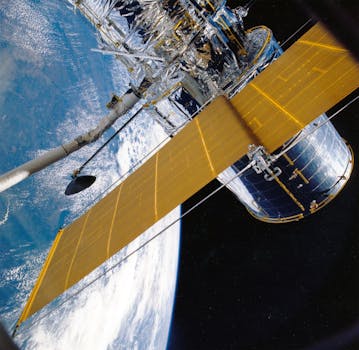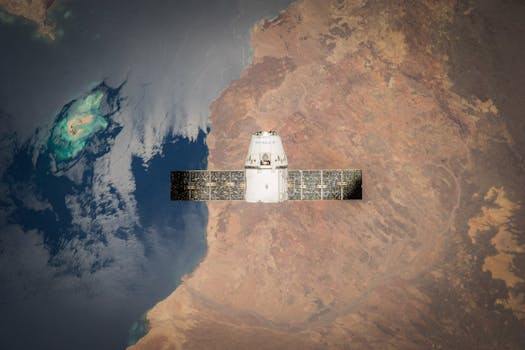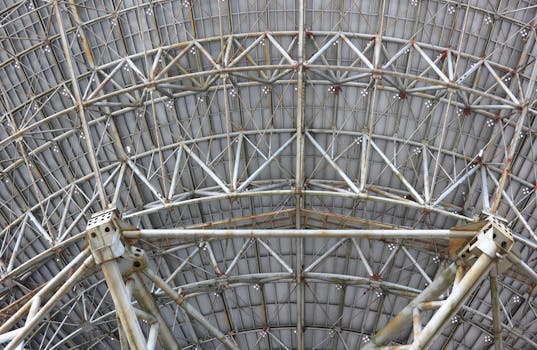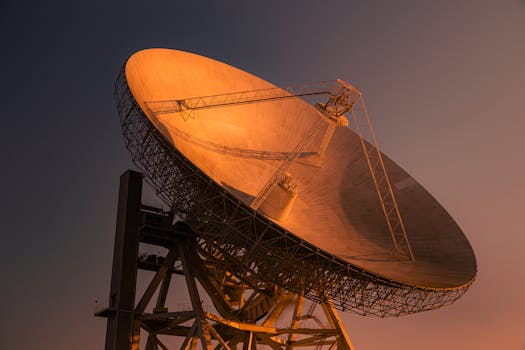From Geostationary to Low Earth Orbit: The Evolution of Satellite Telecommunications in 2023
The satellite telecommunications industry has undergone significant changes in recent years, with a shift from geostationary to low Earth orbit satellites. This article explores the evolution of satellite telecommunications in 2023, including the benefits and challenges of low Earth orbit satellites.

From Geostationary to Low Earth Orbit: The Evolution of Satellite Telecommunications in 2023
Introduction to Satellite Telecommunications

From Geostationary to Low Earth Orbit: The Evolution of Satellite Telecommunications in 2023 has been a remarkable journey. Satellite telecommunications have revolutionized the way we communicate, providing global coverage and connectivity to remote and underserved areas. The industry has undergone significant changes in recent years, with a shift from geostationary to low Earth orbit satellites. In this article, we will explore the evolution of satellite telecommunications in 2023, including the benefits and challenges of low Earth orbit satellites.
The Evolution of Satellite Telecommunications

The first commercial communications satellite, Intelsat 1, was launched in 1965 and operated in geostationary orbit. Geostationary orbit, which is approximately 36,000 kilometers above the equator, allows satellites to remain stationary relative to a fixed point on the Earth’s surface. This made it ideal for telecommunications, as it enabled continuous coverage of a specific region. However, geostationary satellites have some limitations, such as high latency and limited bandwidth. With the advancement of technology, the industry has shifted towards low Earth orbit satellites, which operate at an altitude of around 160 to 2,000 kilometers. Low Earth orbit satellites have several benefits, including lower latency, higher bandwidth, and improved connectivity.
Benefits and Challenges of Low Earth Orbit Satellites

Low Earth orbit satellites have several benefits, including lower latency, higher bandwidth, and improved connectivity. They are also less expensive to launch and operate compared to geostationary satellites. However, low Earth orbit satellites also have some challenges, such as the need for a larger constellation of satellites to provide global coverage and the risk of interference from other satellites and terrestrial systems. Despite these challenges, low Earth orbit satellites are becoming increasingly popular, with several companies, such as SpaceX and OneWeb, launching large constellations of satellites.
Conclusion

In conclusion, the evolution of satellite telecommunications in 2023 has been significant, with a shift from geostationary to low Earth orbit satellites. Low Earth orbit satellites offer several benefits, including lower latency, higher bandwidth, and improved connectivity. However, they also have some challenges, such as the need for a larger constellation of satellites and the risk of interference. As the industry continues to evolve, we can expect to see further advancements in satellite telecommunications, including the development of new technologies and the launch of new constellations of satellites.
See more:
